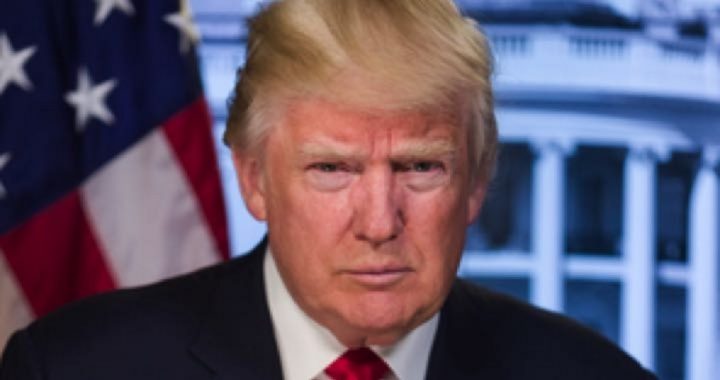
Soon after North Korea tested its sixth and largest nuclear bomb on September 3, President Trump’s response to a reporter who asked him about whether he planned to attack North Korea was short and somewhat vague. “We’ll see,” replied the president.
After that encounter, the president met at the White House with Secretary of Defense Jim Mattis and other national security officials. Following that meeting, Mattis was more forthcoming than Trump had been, warning: “Any threat to the United States or its territories, including Guam, or our allies will be met with a massive military response — a response both effective and overwhelming.”
“We have many military options,” Mattis told reporters outside the White House, explaining that Trump wanted to be briefed on those options.
“We made clear that we have the ability to defend ourselves and our allies — South Korea and Japan — from any attack, and our commitments among the allies are ironclad,” Mattis continued, standing alongside General Joseph Dunford, chairman of the Joint Chiefs of Staff.
Mattis continued, reading from a piece of paper:
Kim Jong Un should take heed of the United Nations Security Council’s unified voice — all members unanimously agreed on the threat North Korea poses, and remain unanimous in their commitment to the denuclearization of the Korean peninsula — because we are not looking to the total annihilation of a country — namely, North Korea. But, as I said, we have many options to do so.
While Mattis left the door open for Pyongyang to back down somewhat and thereby allow for a peaceful solution to the ongoing crisis, he also sent a message to the North Koreans that the United States is prepared to strike at North Korean nuclear and military installations if the communist regime makes any further threat to the United States or its allies.
As we have observed before, it is more likely that North Korea’s threats are geared more to trigger a response from the UN than to provoke U.S. military action. The movers and shakers who are pulling the strings attached to the puppet regime in Pyongyang want more than anything to increase the power and reach of the UN, as they did during the Korean War of 1950-1953.
Photo of President Trump: WhiteHouse.org
Related articles:
UN Ambassador Nikki Haley Says U.S. Talking With China About Sanctions on North Korea
What Does the U.S.-North Korean War of Words Really Mean?
Official Says North Korean Missile Has “.00001 Percent Chance” of Getting Through Defenses
North Korea Tests Ballistic Missile Capable of Reaching U.S. Base on Guam
In Test That Will Send Message to N. Korea, U.S. Successfully Intercepts ICBM
Successful Test of THAAD Anti-missile System Offers Hope for U.S. Defense
South Korea Says North Korean ICBM Lacks Re-entry Capability
Aircraft Carriers Gather Off N. Korea; Pyongyang Tests Missile Able to Hit Ships
Recently Tested North Korean ICBM Said to be in Range of Most of U.S.
N. Korea Continues Missile Tests; U.S. Moves 3rd Carrier Strike Force to Western Pacific
North Korea Tests Another Missile, Says They Are Ready to Deploy
North Korea Threatens U.S. With “All Out War” and “Weekly Missile Tests”
North Korea Threatens to Attack U.S. Carrier Group; Detains U.S. Citizen
North Korea Warns of Nuclear Retaliation at Any Sign of U.S. “Aggression”
North Korea Admits Missile Launches Were Test of Possible Strike Against U.S.Bases in Japan



